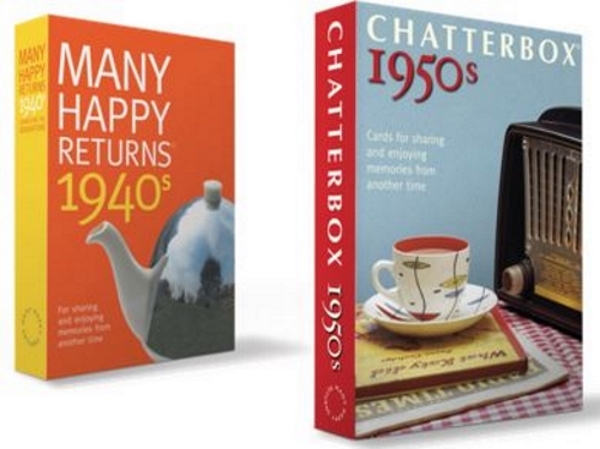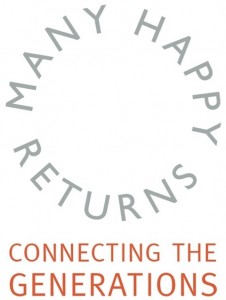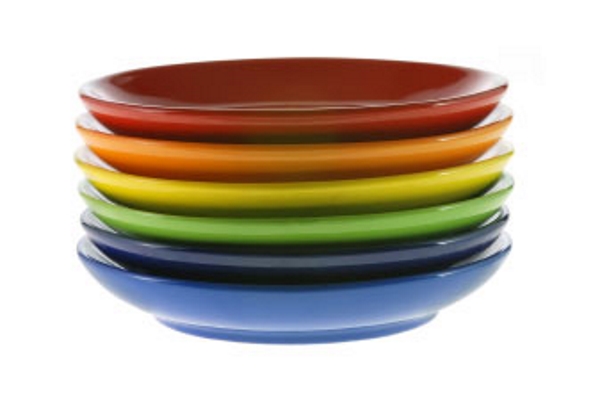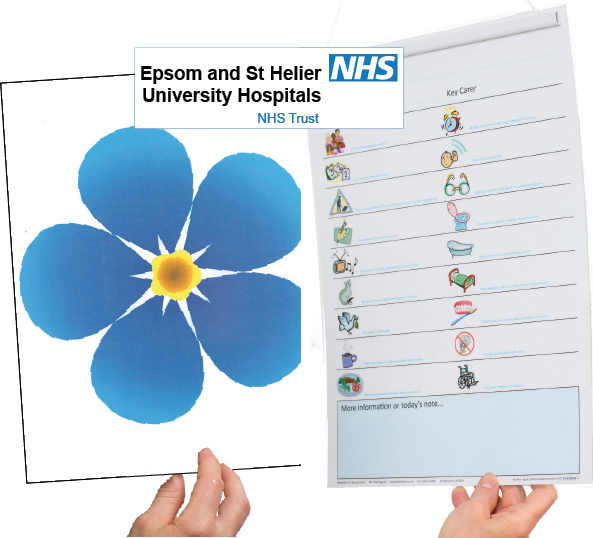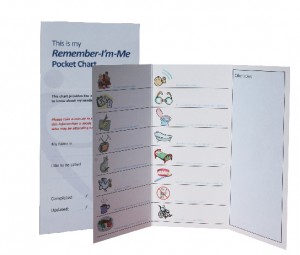No products in the basket.
Pets as Therapy
The idea that pets can play a therapeutic role is not new: the charity Pets as Therapy was founded over 30 years ago and 4,500 dogs and 108 cats now visit over 130,000 people every week. That’s a staggering half million bedside pet visits each year, giving both young and old the pleasure and chance to cuddle and talk to them. What is more recent, however, is researchers’ attempts to understand why this can have such a positive impact on people’s health and wellbeing.
“Pets hold a special place in many people’s hearts and lives, and there is compelling evidence from clinical and laboratory studies that interacting with pets can be beneficial to the physical, social and emotional wellbeing of humans,” says Lori Palley, DVM, of the MGH Center for Comparative Medicine. “Several previous studies have found that levels of neurohormones like oxytocin – which is involved in pair-bonding and maternal attachment – rise after interaction with pets, and new brain imaging technologies are helping us begin to understand the neurobiological basis of the relationship, which is exciting.” More details of Lori’s research and report can be accessed here.
The Alzheimer’s Society touched on this in their Living with Dementia magazine back in 2011, quoting Jane Fossey, a clinical psychologist and a trustee of the Society for Companion Animal Studies (SCAS), which promotes the health and social benefits of human-animal interactions. “A number of small-scale studies suggest that introducing animals into care homes can have positive effects for people with dementia. For example, spending time with visiting animals has been shown to reduce blood pressure and anxiety, and improve social interaction and sleeping patterns. It can also reduce the late-afternoon restlessness that can affect people with dementia.”
No wonder then, that no less than 7,721 care homes in the UK declare themselves to be pet friendly (see the full list on the carehome website) with some organisations placing animals centre stage in their daily life. In Eden Alternative nursing homes, for example, dogs, cats and birds live among and interact with the residents, “lessening their sense of loneliness and boredom”.
Meet Nala the Teacup Poodle, lifting the spirits of residents at a care home in Minnesota.
The Spark of Life approach, which has been adopted by a number of care homes in USA, Scandinavia, Australia and Europe, claim that “the interaction that occurs with an animal companion diffuses loneliness and gives the person with dementia a reason to live and get up in the morning. Caring for a pet automatically enables the person with dementia to be needed and useful, gives them the opportunity to care, they have someone to love and who loves them back unconditionally, and their self-esteem is boosted as a proud pet owner.”
So pets can play a valuable role in care homes, either in the form of a visiting therapy or as permanent residents. But Dementia Dog are extending the role of ‘a man’s best friend’ further still. Every year, 25% of the puppies bred to be a guide dog for the blind fail to pass the rigorous tests, but there now may be an alternative role for them. Dementia Dog aims to pair people in the early phases of dementia who live with a full time carer with a dog trained specifically to assist them in their day to day lives.
The dogs provide at least three assistive tasks to their partner, such as support for daily living routines (waking, eating, getting exercise and going to the toilet), reminders (such as prompts to take medicine, drink fluids and other user identified regular tasks), or soft support issues (such as companionship and acting as an icebreaker in social situations).
Then there are projects that harness the benefits of other animals, such as HenPower, a heart-warming project which caught the attention of the media recently. A 12-month study of the project by Northumbria University found HenPower is: improving the health and wellbeing of older people, reducing depression and loneliness in older people and reducing the need for antipsychotic medication. Pippa Kelly’s excellent blog on HenPower provides more detail.
Ann Napoletan’s experience sums it up beautifully, so she should have the last word: “Anyone who owns a dog or cat can attest to the beauty of their unconditional love, and animals often forge a special connection with Alzheimer’s and dementia patients. My mom had a cat for a number of years, and their bond was inexplicable. Holly wore a perpetually annoyed expression on her feline face and loathed most humans, yet she never left my mom’s side; as much as she detested being picked up, that darn cat would even let Mom carry her around like a rag doll. It never failed to amaze me. Somehow Holly knew that her special person needed a special kind of love.”
Photo by Joel J. Martínez on Unsplash
Further contacts:
Therapaws, North and West London. “Therapaws is a visiting animal therapy programme delivered by The Mayhew Animal Home. We recognise the benefits of taking animals into the care setting to engage with older people, encouraging social interaction to promote emotional and physical wellbeing. We specialise in visits to people with dementia and to palliative care centres. Our volunteers and their dogs go on regular visits to care homes, day centres, hospices and hospitals across North and West London.”
Owls About Town, Selsey West Sussex. “Our ‘Wise Owl’ experience is delivered by the calmest and most tolerant of Owls. We have found these sessions to be particularly beneficial to older people and those suffering with memory issues, such as Dementia. These experiences are very touching at times, seeing the joy on peoples faces when they interact with such majestic creatures.”
Wings of Freedom visit care homes and offer a very personal experience for everyone, giving a real life skill view of all things Owls and Birds of prey. For those people who may not wish to join in or get to the group, they do walkabouts to rooms.
For trips out, what better way of getting back to nature and into the fresh air than visiting your local Care Farm? Care Farming UK have a list of suitable venues near you, and award-winning journalist Pippa Kelly has written in interesting article on the subject of care farms and dementia.
The Donkey Sanctuary “Our team of specially trained donkeys offer an outreach service visiting hospices and local residential homes including those dealing with dementia care. The donkeys prove to be a great stimulation and provide valuable assisted therapy to residents… The donkeys also love the warmth and affection from vulnerable residents so the animal assisted therapy goes both ways!” You will find Donkey Sanctuaries in Sidmouth, Belfast, Birmingham, Derbyshire, Ivybridge, Leeds and Manchester.




